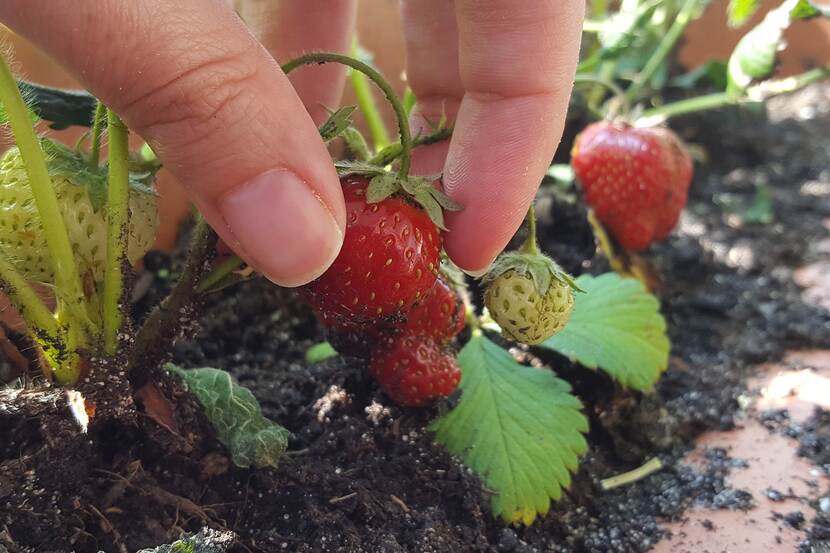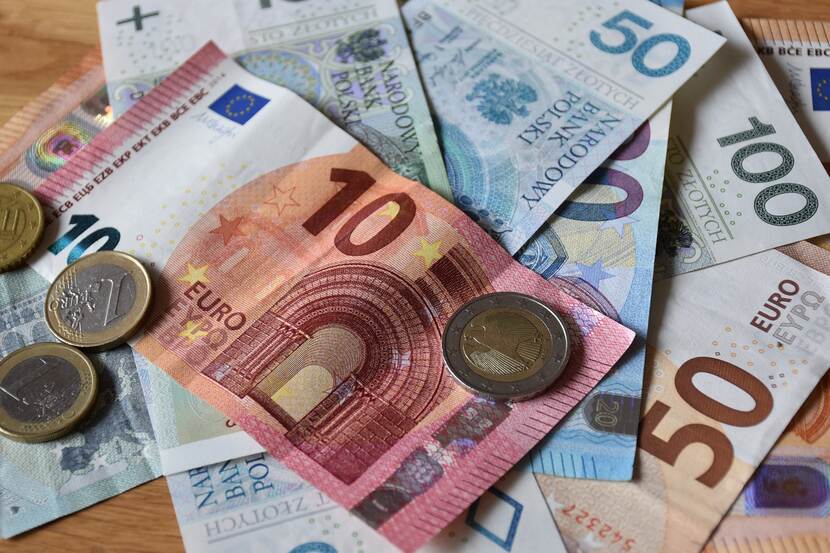Poland, brief agricultural news week 25, 2020
What happened in Poland last week? A brief overview of agricultural news.

Own harvest more and more popular in Poland
Prices for fruit in Poland are rising. That’s why the own harvest is getting more popular in Poland.
This year many Polish farmers have labor problem on their farms which together with frosts in May and lack of water early Spring and pandemy causes relatively high prices of fruits in Poland. Corona virus changed the market giving more space for digitalization and online selling. Many farmers saw this opportunity and started to sell their products online. Many others went even a step further and announced on Internet the possibility of own fruit harvest.
There are various versions of the harvest: people can harvest the amount they need and pay less for the farmer or even harvest more and receive payment in the fruit. Farmer can then put the rest of the harvested fruit on the market and doesn’t have to be worried for the labor.
The whole profit goes to the farmer, and the clients are sure they have a fresh product of good quality. Also the food chain is shortening which is one of the current trends for healthy food.
Source: sadownictwo.com.pl

New VAT rates on certain food in Poland
The new regulations, postponed due to the Covid-19 pandemic, defining the scope of application of VAT rates will become effective from 1 July - reminds "Dziennik Gazeta Prawna".
The new VAT rates will include bread and pastry products. Situations of differentiation of VAT rates for these products will be eliminated. From 1 July 2020, one 5% rate will apply.
VAT for spices will also be standardized. Entrepreneurs will have to apply an 8% rate. Until now, the rate was 23% for processed spices, and 5% for certain unprocessed spices.
The new VAT matrix also reduced the tax on tropical and citrus fruits, pistachios, almonds and coconuts from 8 % to 5%. The same goes for soups, broths and homogenised and dietetic foods. Also the rate for products for babies and children will be reduced up to 5 percent,
Higher VAT rates will include firewood (change from 8% to 23%), lobster, octopus and other crustaceans, molluscs, aquatic invertebrates and preparations thereof, caviar and caviar substitutes (increase from 5% to 23%) and ice used for food and other refrigeration purposes (change from 8% to 23%).
Source: wiadomoscihandlowe.pl
E-grocery: Food sells 15.7% better than last year
According to the analysis of the Household Panel GfK Polonia, in the first three months of this year, the percentage of households that have ever purchased FMCG (Fast-Moving Consumer Goods) products online has increased significantly over the year (from 15% to 24%). The category of cosmetics and care products grew the fastest, by 41.4%. In turn, e-grocery sales were 15.7% better than last year.
- In the case of eFMCG, we are constantly talking about the channel, which in 2019 had a 1% share in the FMCG market. However, in the search for sources of growth, this direction seems to be one of the most promising. In the first quarter of 2020, the eFMCG share was 1.3%. So there is room for further expansion and in the next 2-3 years we can expect an increase in e-commerce share to 2-3% of the total value of FMCG sales in Poland – say the GfK Polonia experts.
The observations of GfK Polonia show that as a result of the emergence of the pandemic, the general definition of the convenience trend in consumer perception has changed, which opens the perspective of dynamic development for the e-commerce industry. Today, convenient shopping is above all safe shopping. In the opinion of a GfK expert, retailers providing a comprehensive offer via the Internet (from order to transport), as well as networks offering the Click & Collect variant will soon gain much. Combined solutions, where goods ordered in a given store, will be picked up and delivered by third parties on a partnership basis, will also be more popular.
Source: dlahandlu.pl

Inflation and food prices in May 2020 in Poland
As reported by the Central Statistical Office, the prices of consumer goods and services in May 2020 compared to the same month last year increased by 2.9% (with an increase in the prices of services - by 7.1% and goods - by 1.4%).
Compared to the same month of the previous year, higher prices of food (by 6.5%) and of housing (by 5.8%) increased this indicator by 1.50 pp and 1.40 pp, respectively. Lower prices in the scope of transport (by 12.8%) as well as clothing and footwear (by 4.2%) decreased the indicator by 1.29 pp and 0.21 pp, respectively.
The year-on-year increase in prices was smaller than in April (3.4%) and in March (4.6%).
Compared to April 2020, the prices of goods and services decreased by 0.2% (with a drop in prices of goods and services of 0.2% each). In May this year compared to the previous month, the largest impact on the price index had lower prices in the field of transport (by 4.5%), which reduced this indicator by 0.39 pp. Higher prices of health services (by 1.6%) and food (by 0.1%) increased this indicator by 0.09 pp. and 0.03 pp., respectively.
As regards food prices, currently, the prices of fruit and vegetables are rising most strongly and this is the result of poor last year's harvest; also meat process are on the rise - primarily due to high prices of pork caused by ASF in China; moreover, prices of bread increase significantly – due to an increase in the prices of cereals and flour. It is worth noting, however, that the pace of food price growth is slowing and in May it was 6.5% y/y, while in March it was 8.0% y/y - the economists at Credit Agricole Bank Polska claim.
Source: Central Statistical Office, portalspozywczy.pl
Poles still buy more in small shops
Retail sales at small shops (up to 300 sqm) went up by 5.7 percent year on year and fell by 0.8 percent month on month, the Polish Chamber of Trade (PIH) announced.
According to data provided by PIH and independent market research agency CMR, in May people spent approx. PLN 19.6 (EUR 4.4) per average transaction. Compared to last year's results, the average purchase increased by 30 percent. Compared to May 2019, different types of products for cooking and preparing homemade meals were selling better in the small-format stores than last year - e.g. spending on spices was about 20% higher than last year, the value of sales of fruit and vegetable frozen food increased by 30%, and oil by 10%. In May 2020, the value of ketchup and mustard sales, often used for grilled dishes, increased by several percent.
PIH and CMR also said that retail sales in large supermarkets (301-2500 sqm, with exclusion of discount shops) fell by 5.9 percent year on year and by 3.1 percent month on month.
Small stores up to 300 sqm include small grocery stores up to 40 sqm, medium grocery stores 41-100 sqm, large grocery stores 101-300 sqm and specialist alcohol stores.
Source: PAP, PIH